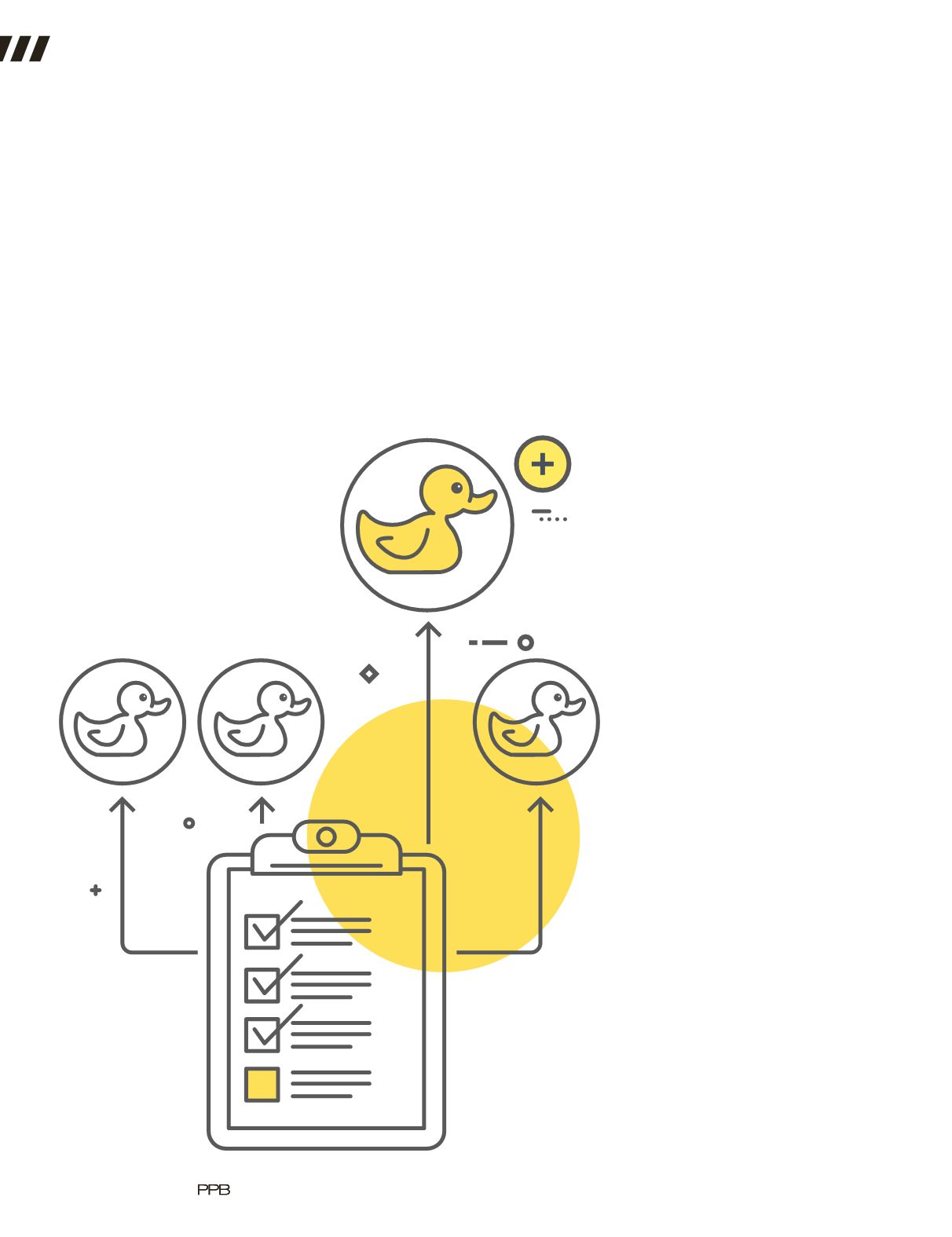

7
Don’t assume that products you select
for children have been tested to CPSIA
requirements.
If you learn that the
intended audience includes children, you
should always select products that are
fully CPSIA-compliant. In the promotional
products industry, that can be a challenge.
Most items used for children’s events are
imported as general use items that are
appropriate for all ages and not subject
to children’s product regulations. They
only become “children’s products” subject
to CPSIA
after
they are decorated with
juvenile art. So it’s very possible that
the supplier may not have incurred the
expense to have the general-use product
tested to children’s product standards. As a
best practice, whenever selecting products
for children or family audiences, always
verify that the products have been tested to
full CPSIA compliance at a CPSC-certified
third party laboratory within the past 12
months. If the supplier claims that the
product has been tested, ask for the test
report and see for yourself.
Similarly, you should personally verify
that the item ismanufacturedwith the level
of fit, finish and quality that a safe children’s
product requires. Always devote your highest
degree of scrutiny when children are involved.
8
Always ask where the products you
sell are going to be distributed.
Why
is this important?Many states have
laws that layer on top of federal law, and
most countries have different product safety
requirements than here in the U.S. Chemical
regulations are a good example. In recent
years, many states have passed chemical
legislation regulating children’s products and
children’s jewelry, and some have rules that
apply to all consumer products. California,
for example, has a chemical labeling law
commonly known as Proposition 65 which is
intended towarn consumers about products
that contain carcinogens. Because of high
testing costs, most companies opt to comply
with Proposition 65 by affixing a warning
label to each product stating that the product
contains chemicals known to the State of
California to cause cancer. But since it’s
not generally desirable in the promotional
industry for companies to hand out free gifts
with a warning about cancer, some choose
to avoid the warning labels by testing for the
most common carcinogens. It’s not a fail-safe
strategy and it’s not inexpensive. California’s
carcinogen list exceeds 900 chemicals so there
is no affordable testing protocol to test for all of
them. When selecting products for California,
work closely with your suppliers to learn their
practices and to determine the best strategy—
testing, labeling or a combination of both—
that works for your risk tolerance and that
of your clients. Illinois, Maine, Washington,
Massachusetts, Vermont and Connecticut
are among the other states that have passed
chemical regulations in recent years.
Speaking of chemical legislation, you
should be aware that Congress has just
passed and President Obama has just signed
into law the Lautenberg Chemical Safety
Act, amajor revision to the existing Toxic
Substances Control Act of 1976. Over the
next several years this updated law could
impose significant new chemical restrictions
for products in our industry.
The best strategy for complyingwith
chemical regulation is to develop a relationship
with one of the nationally recognized labs. PPAI
members can take advantage of discounted
testing rates with our affiliate partner UL as
well as having access to a trove of educational
materials andwebinars through PPAI’s product
responsibility initiatives.
9
Learn the questions to ask your
supplier or test lab for every product
you sell, until the answers are
80
|
SEPTEMBER 2016
|
FEATURE
|
The Case For Revisiting Product Safety
















